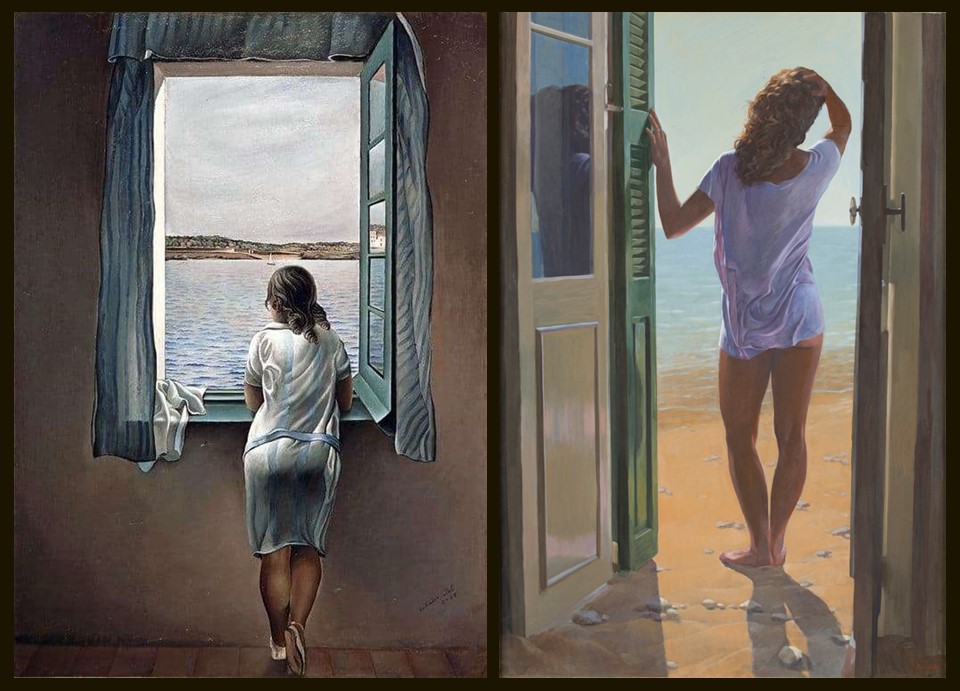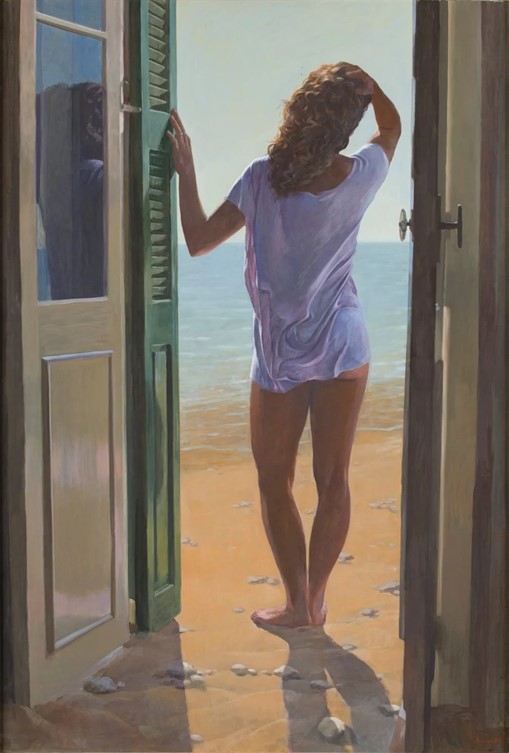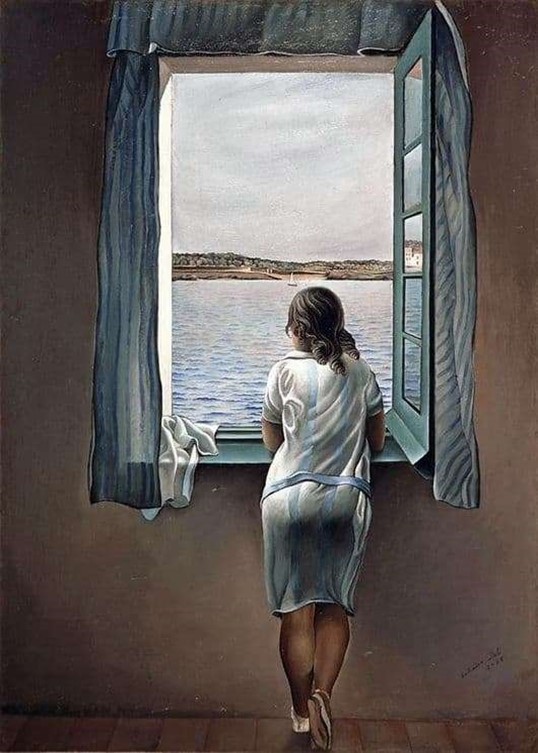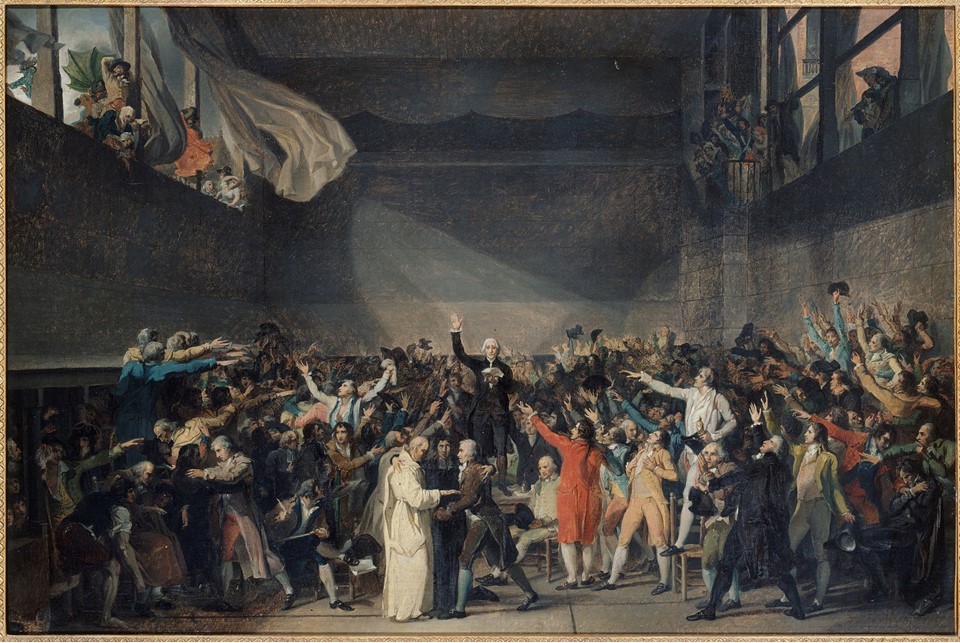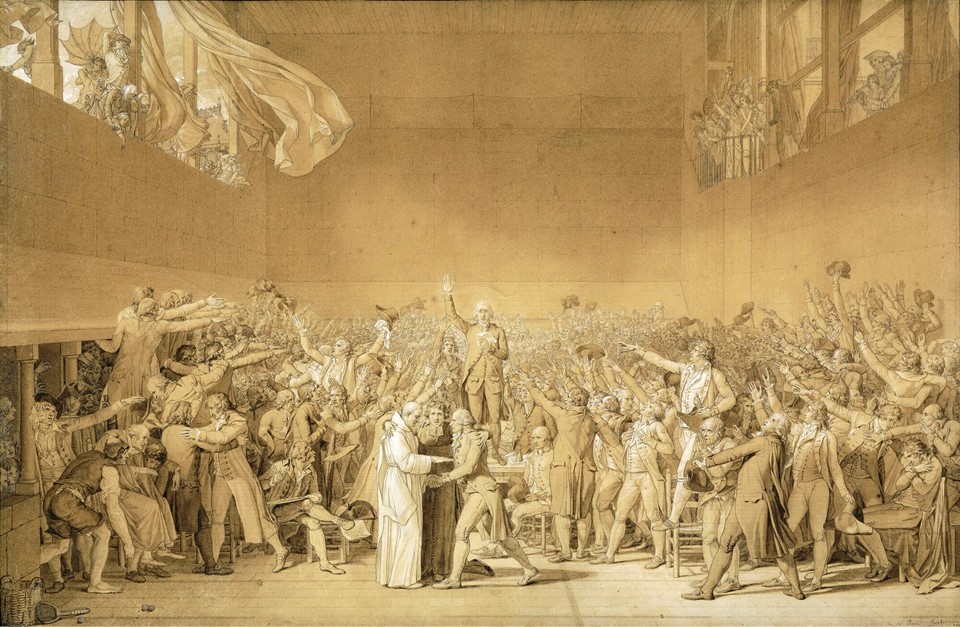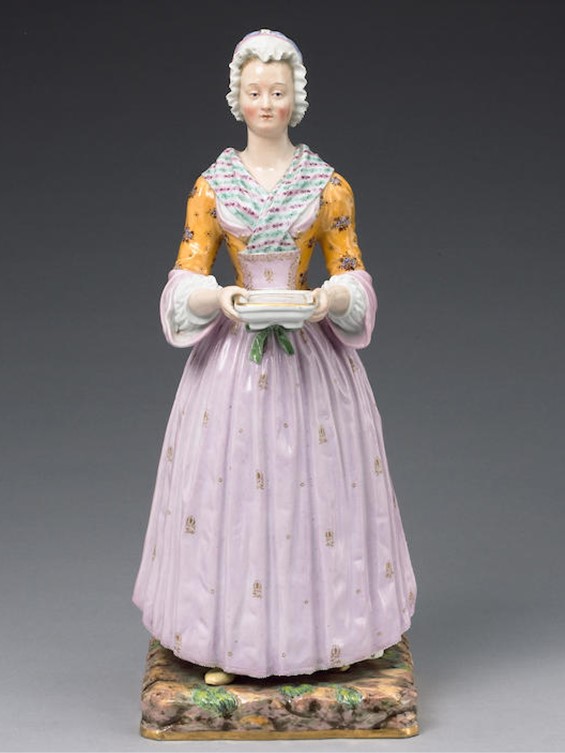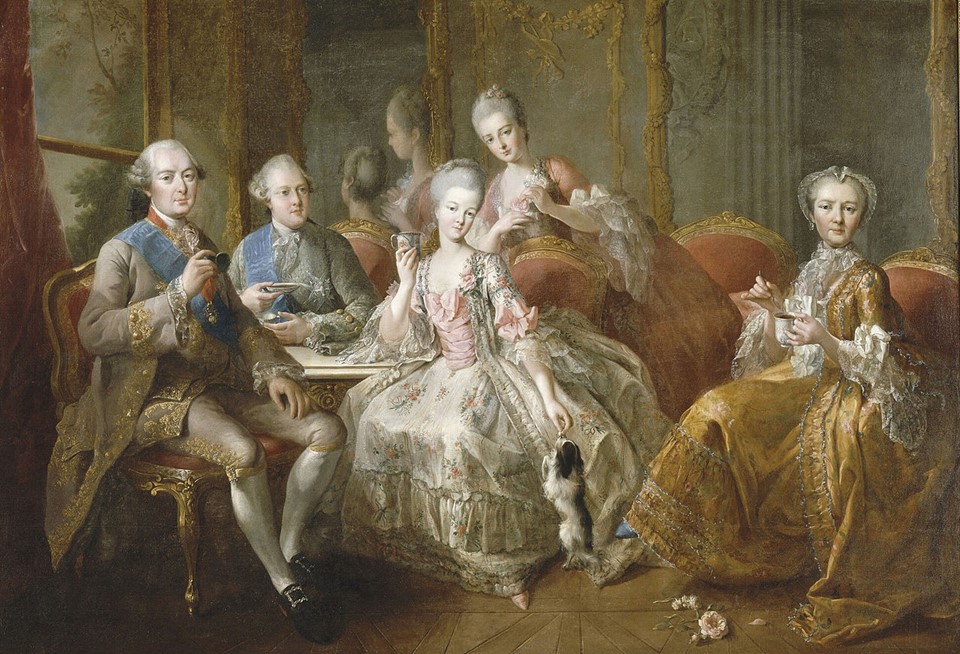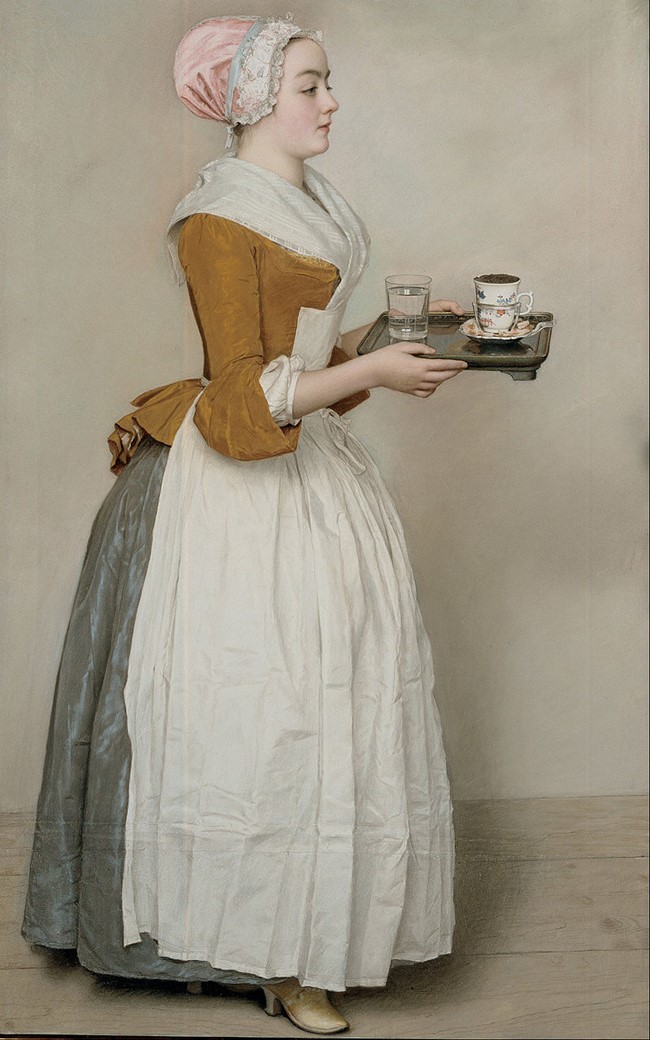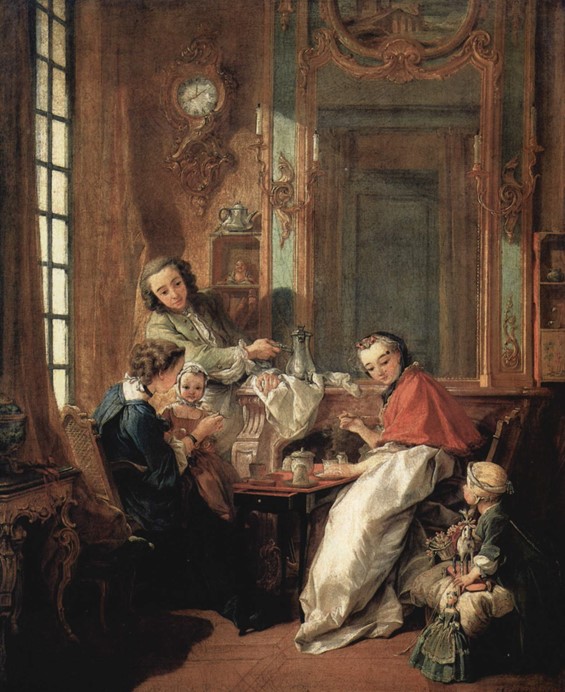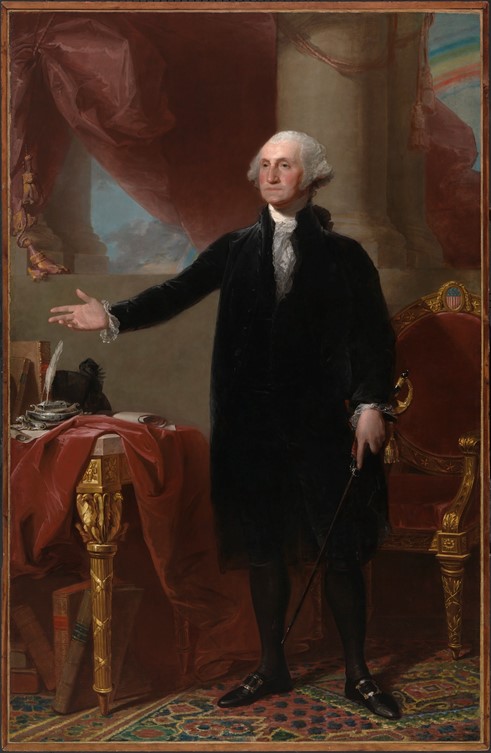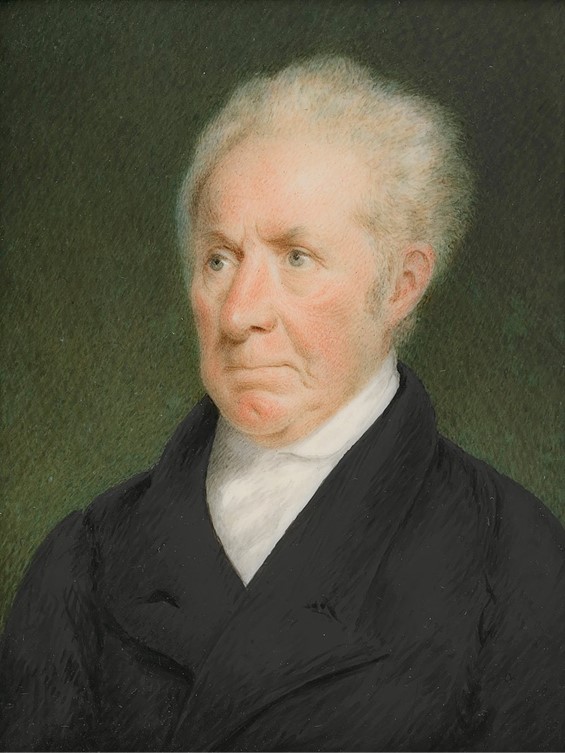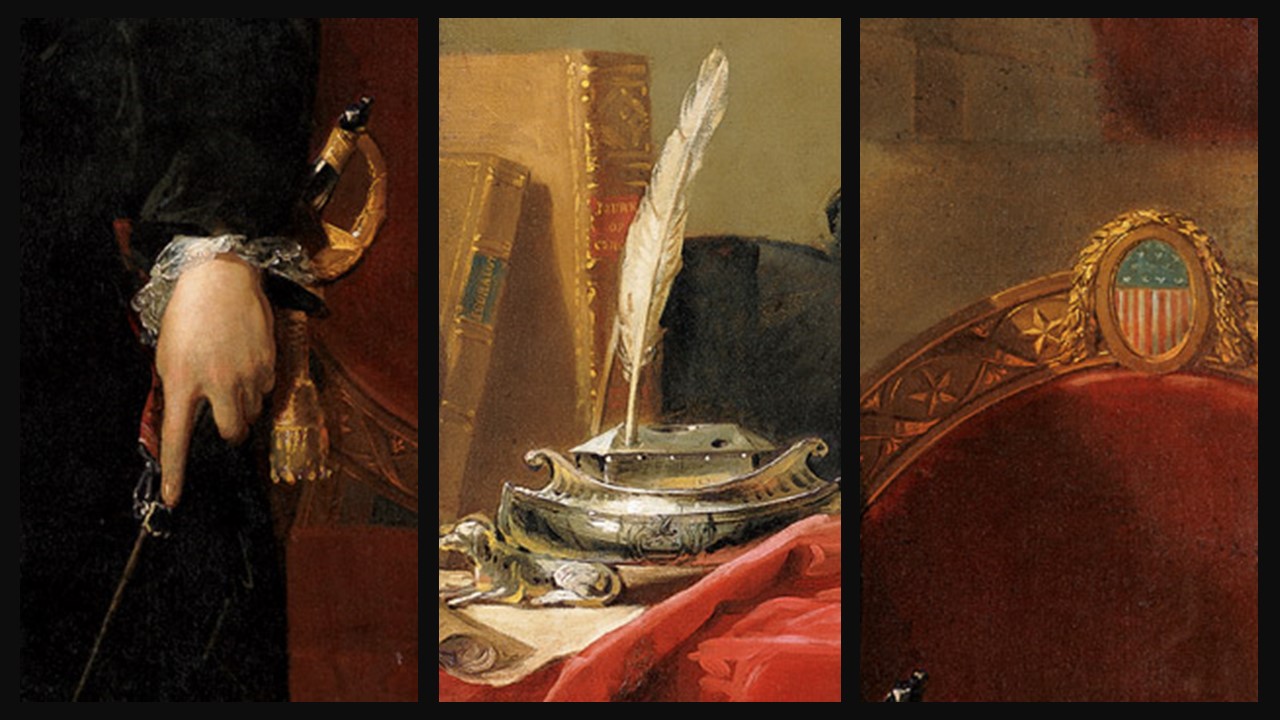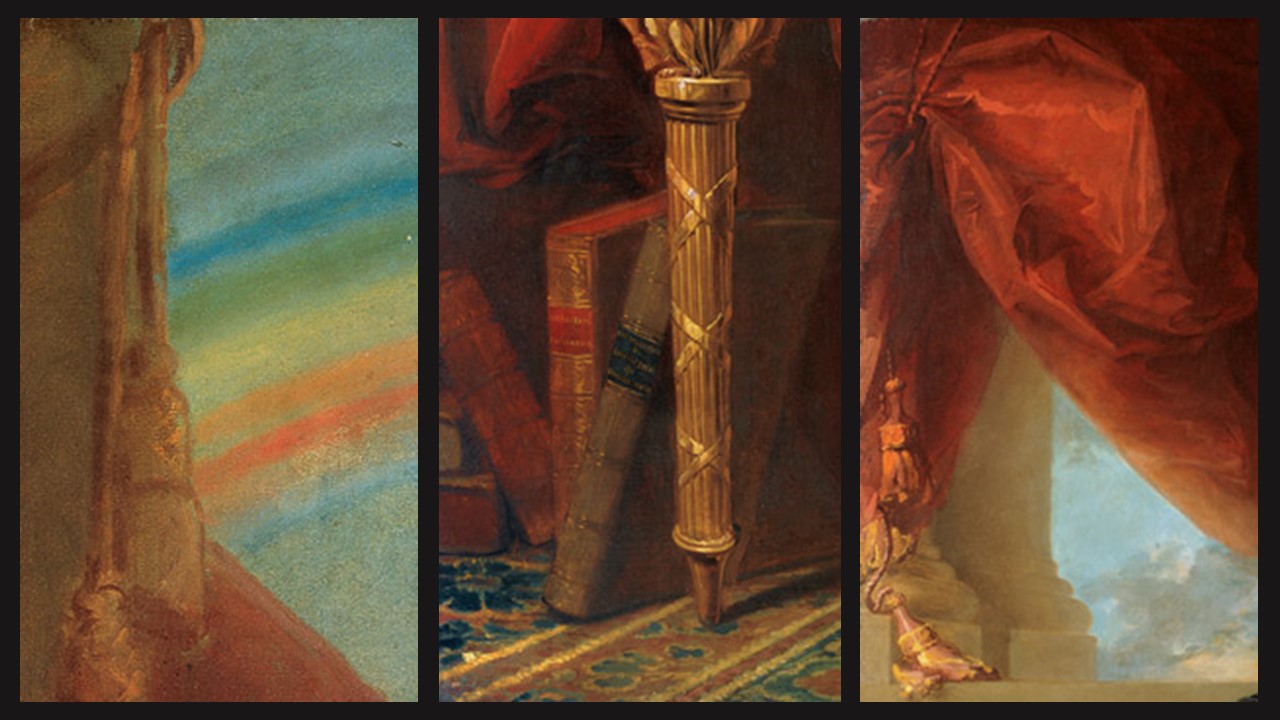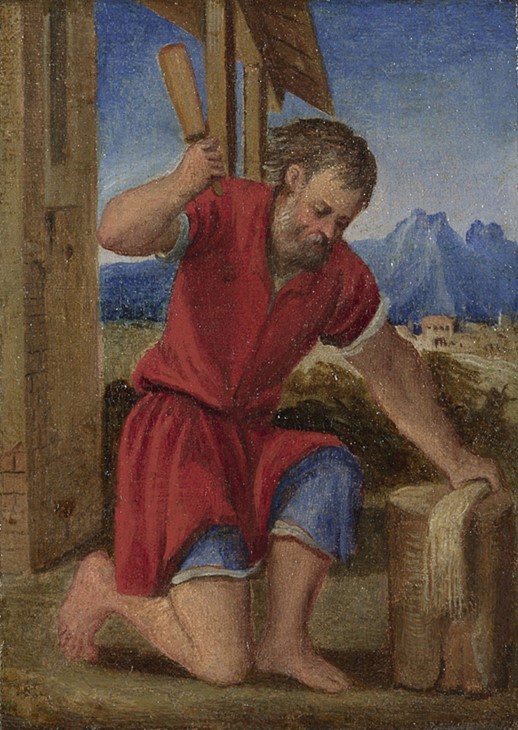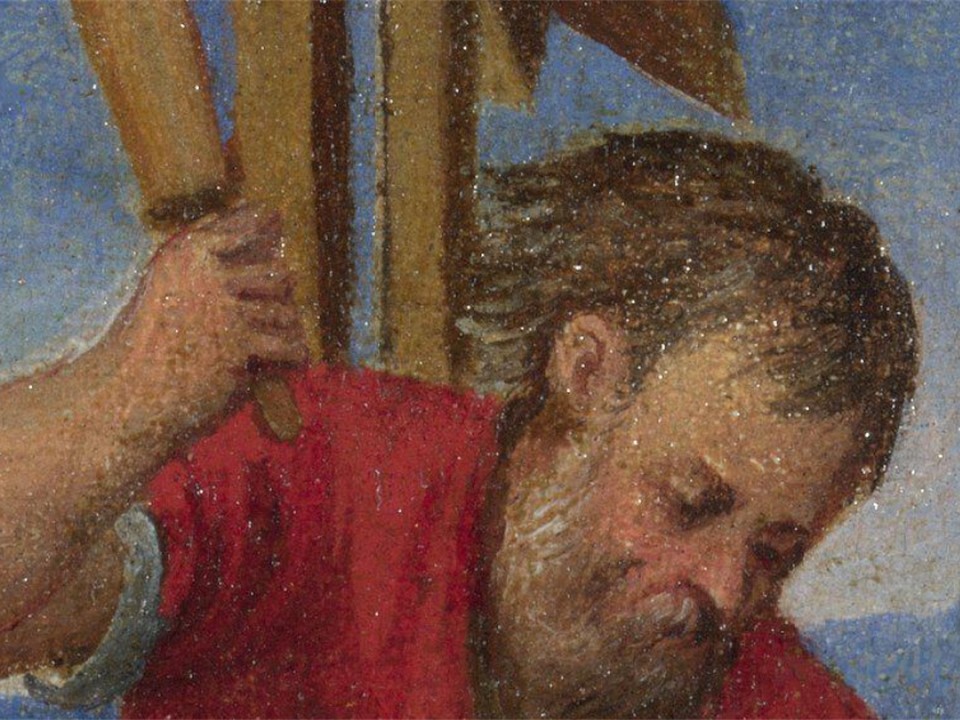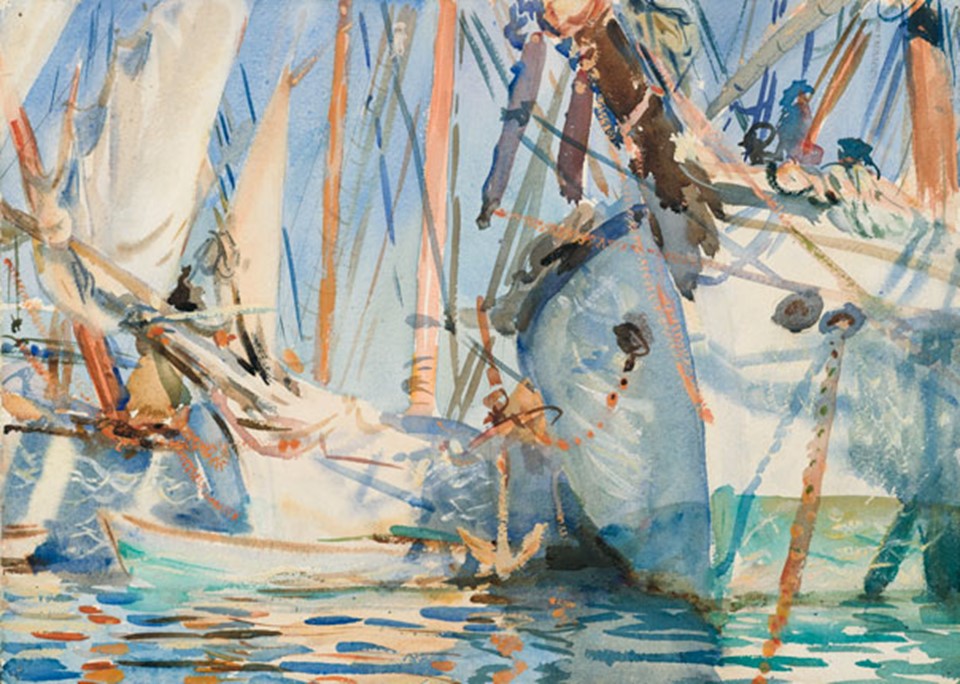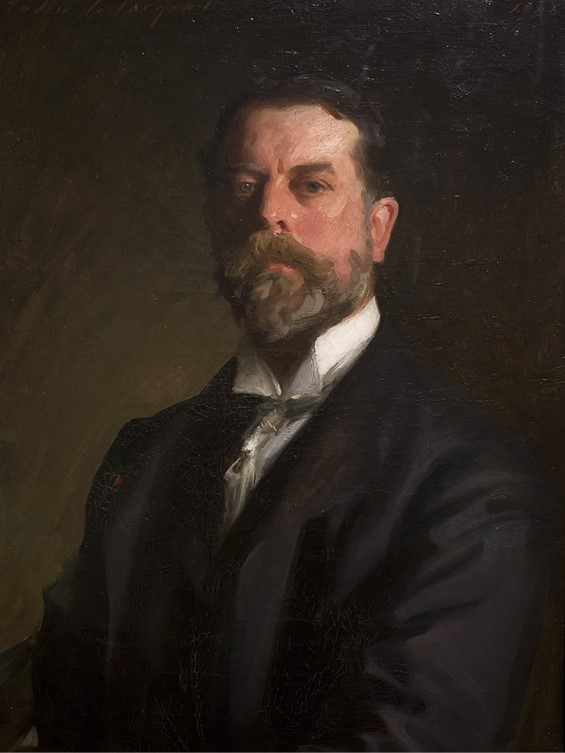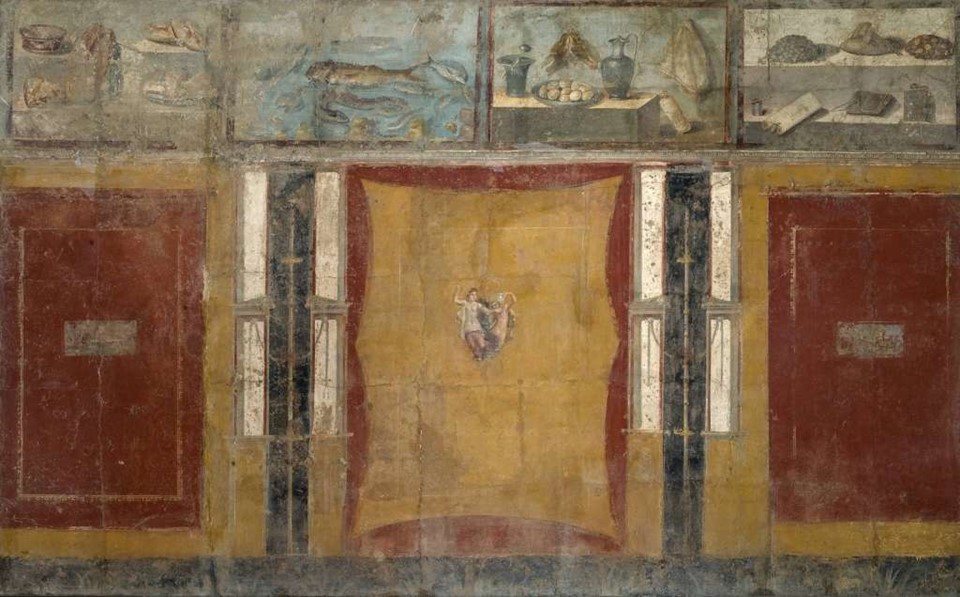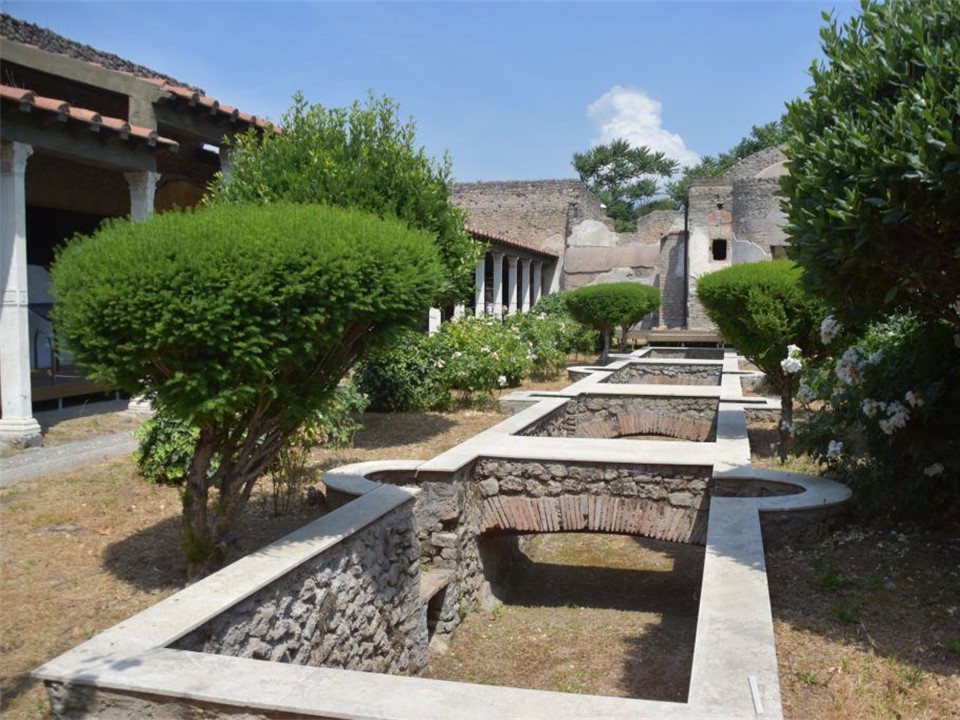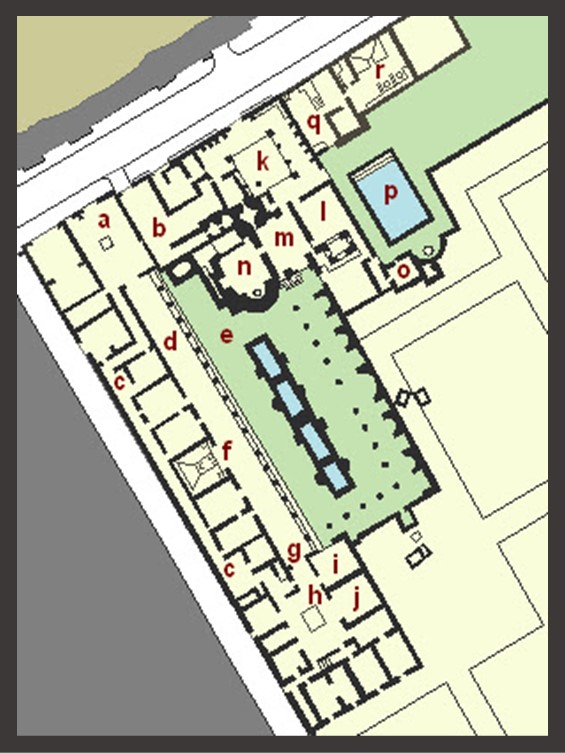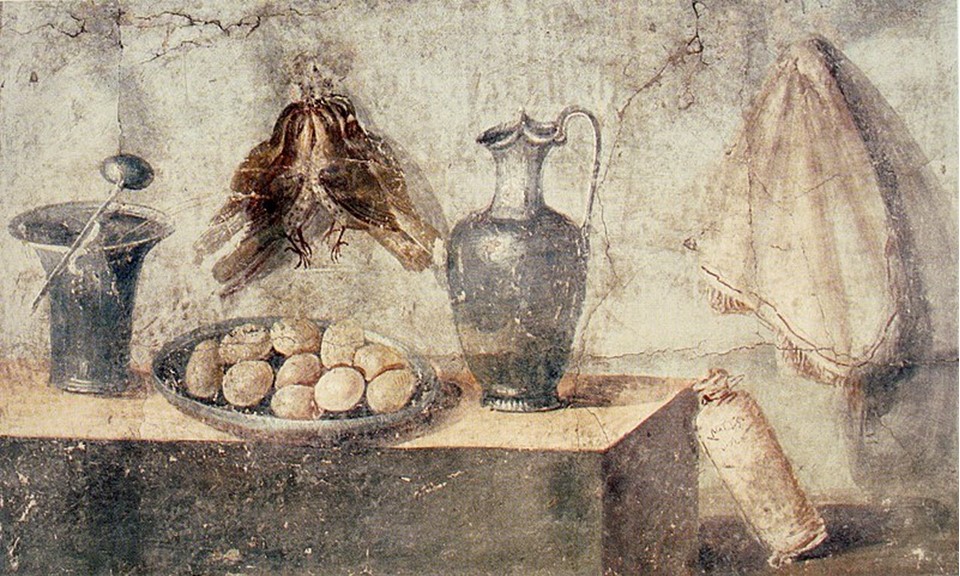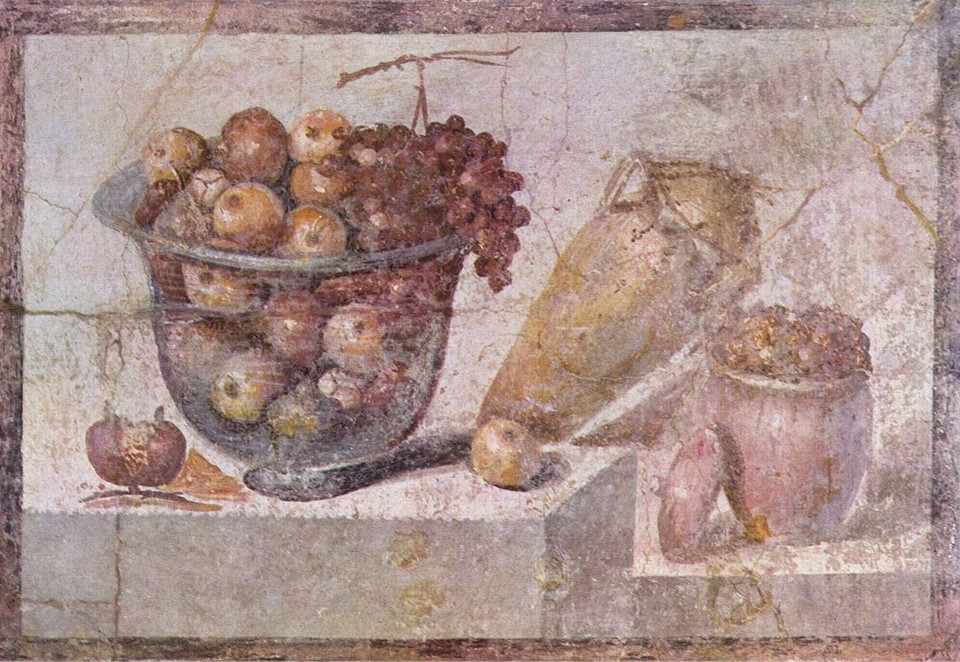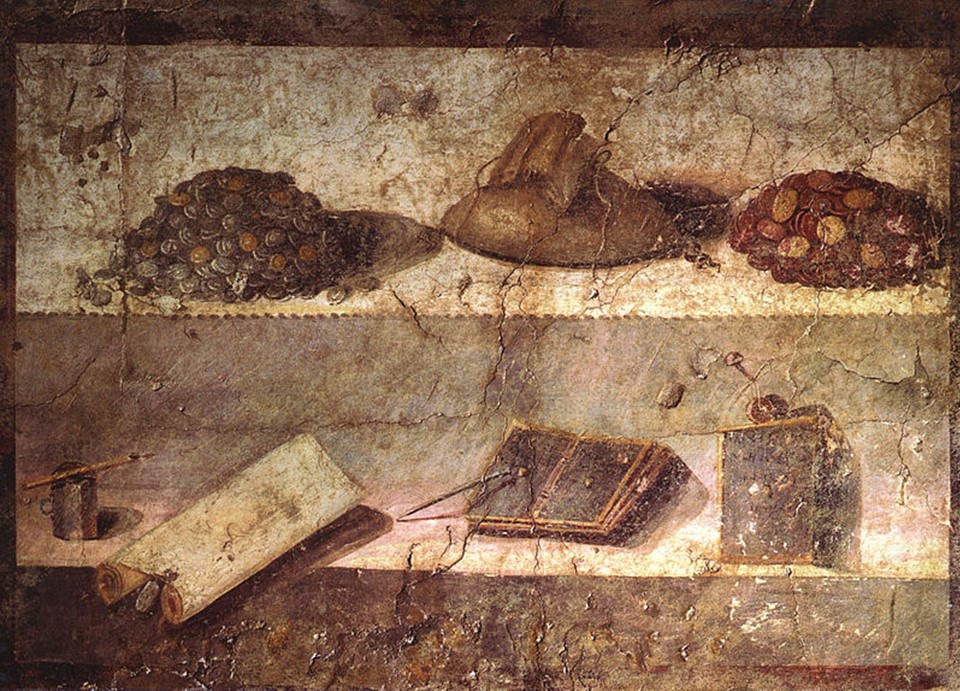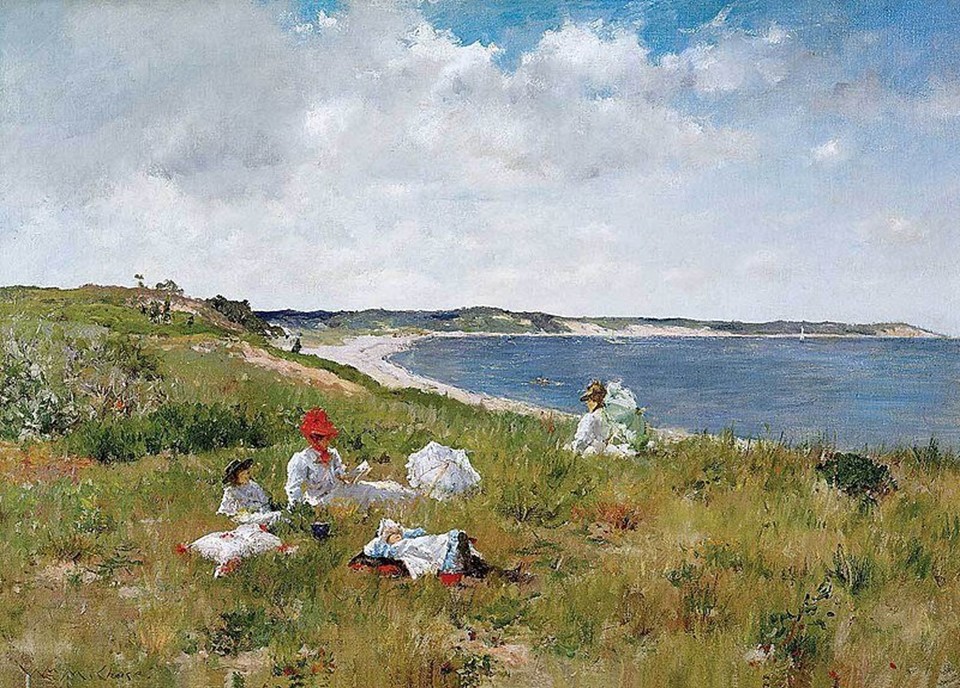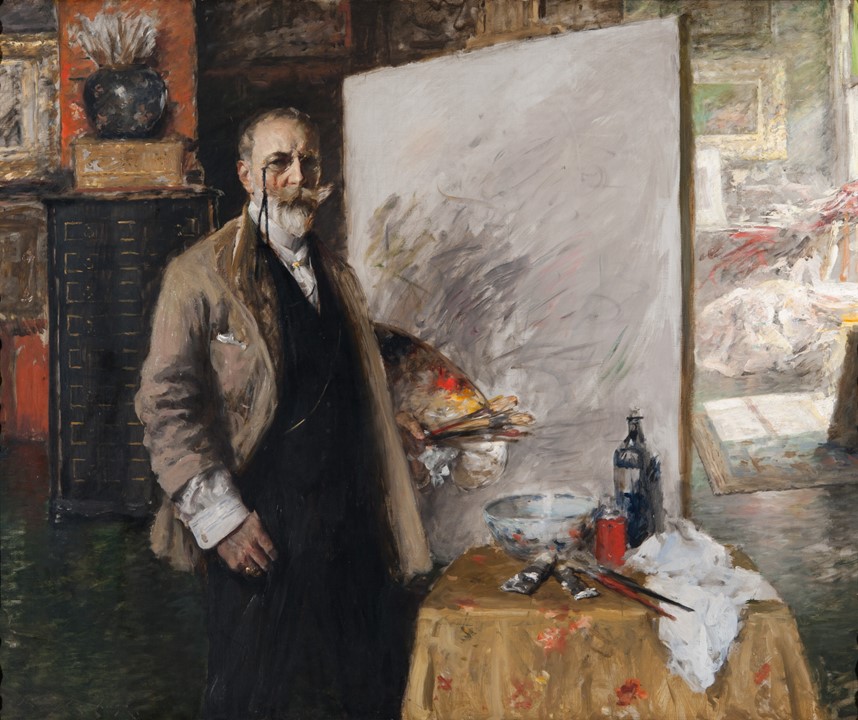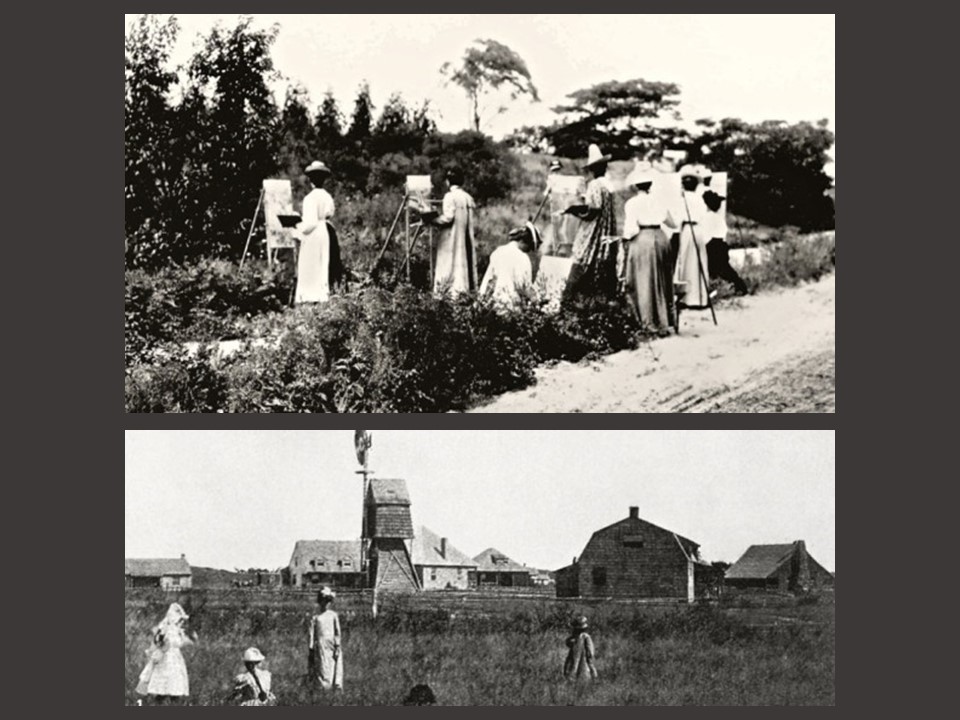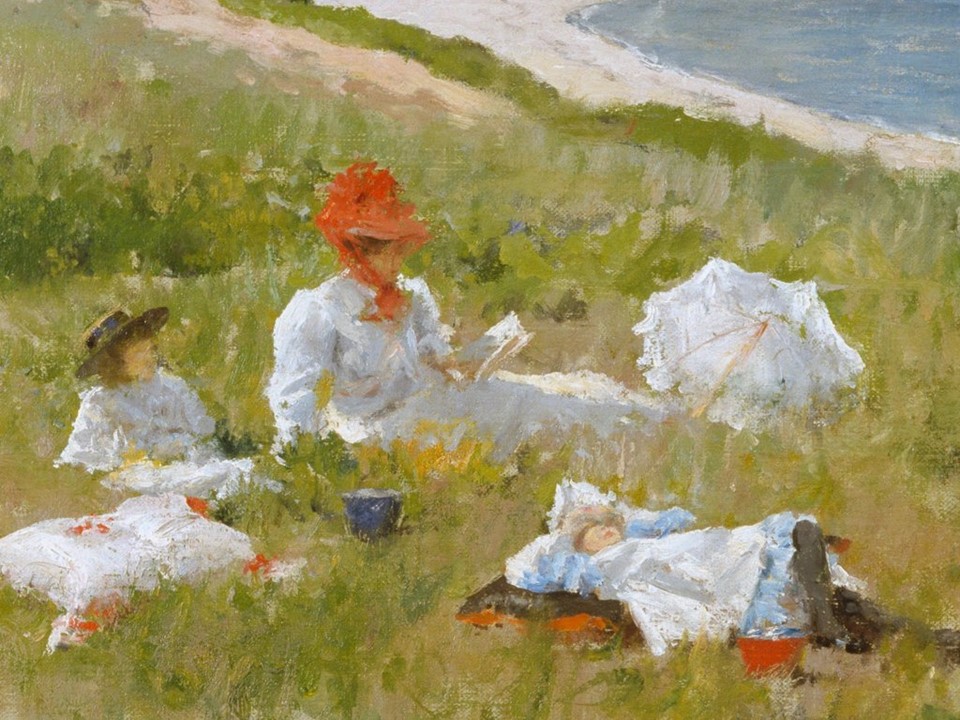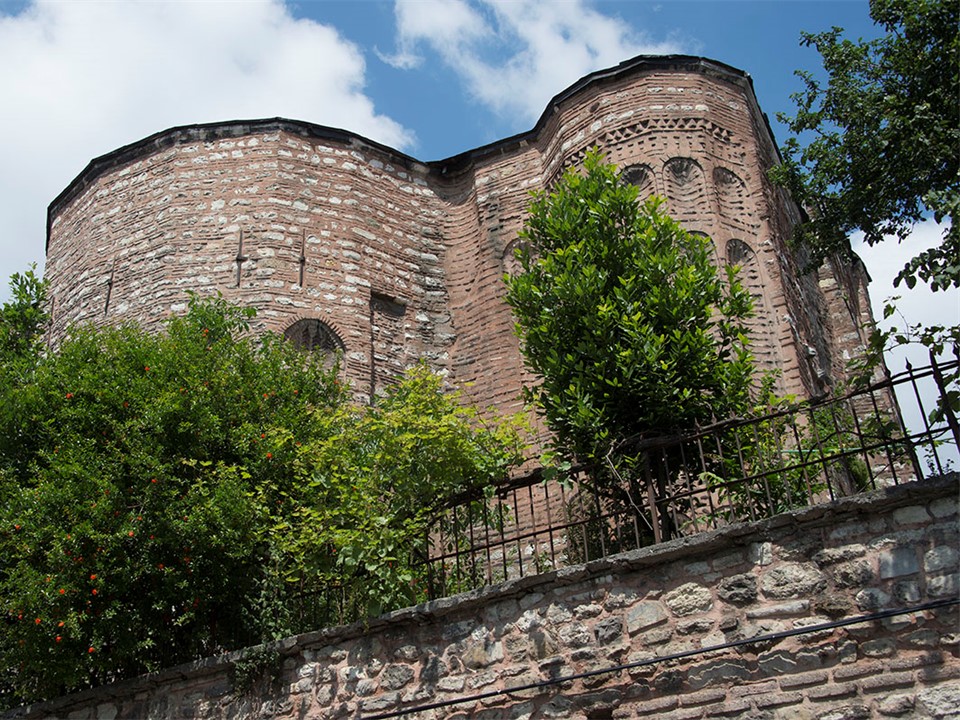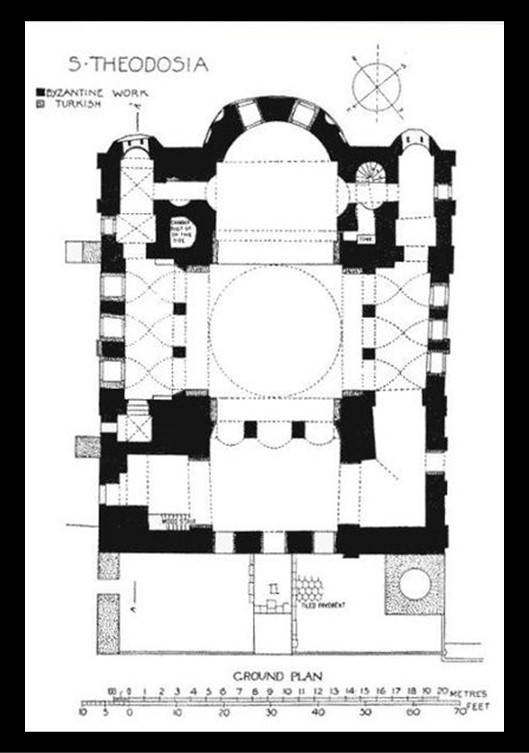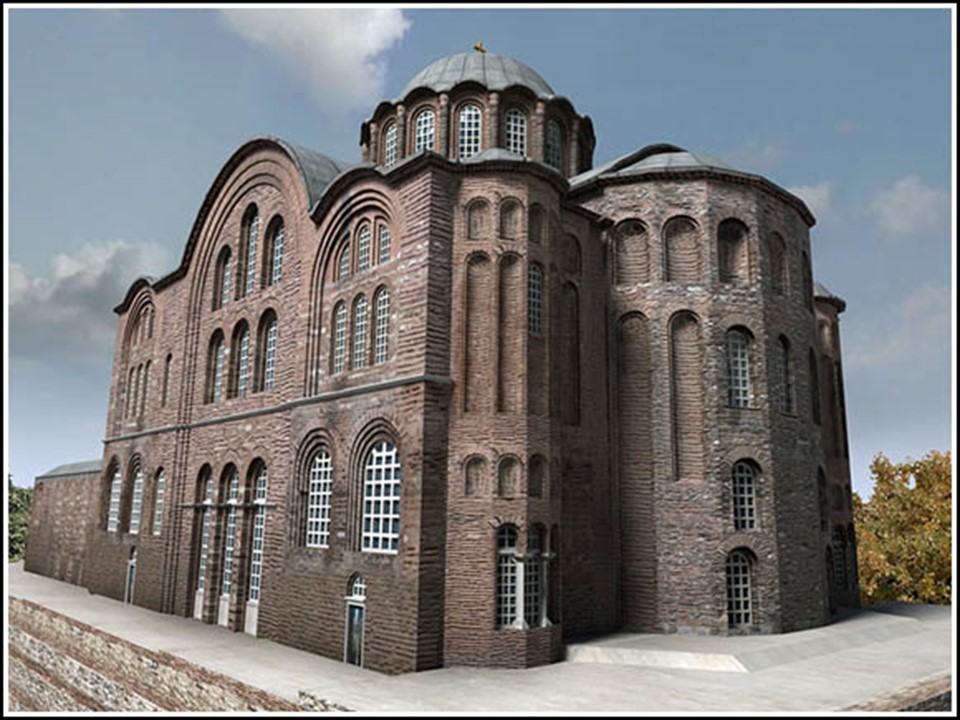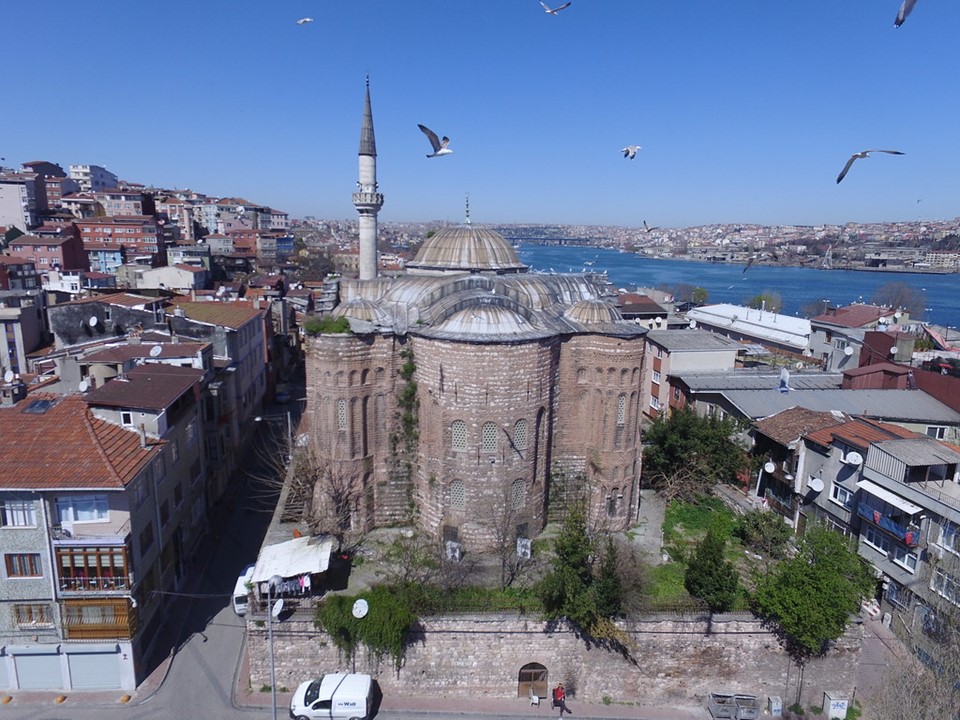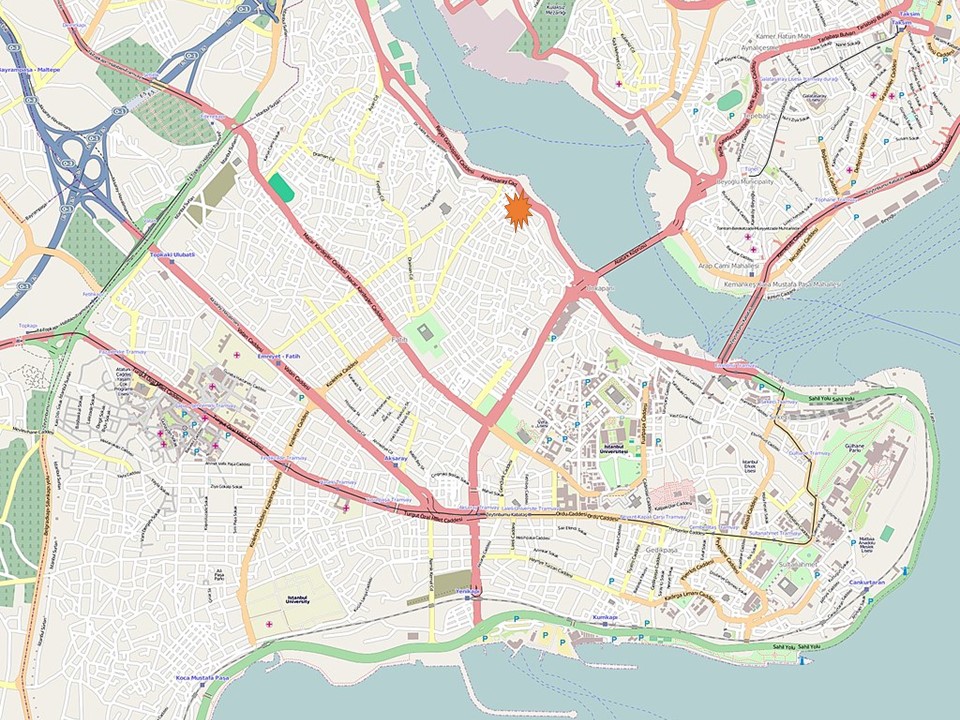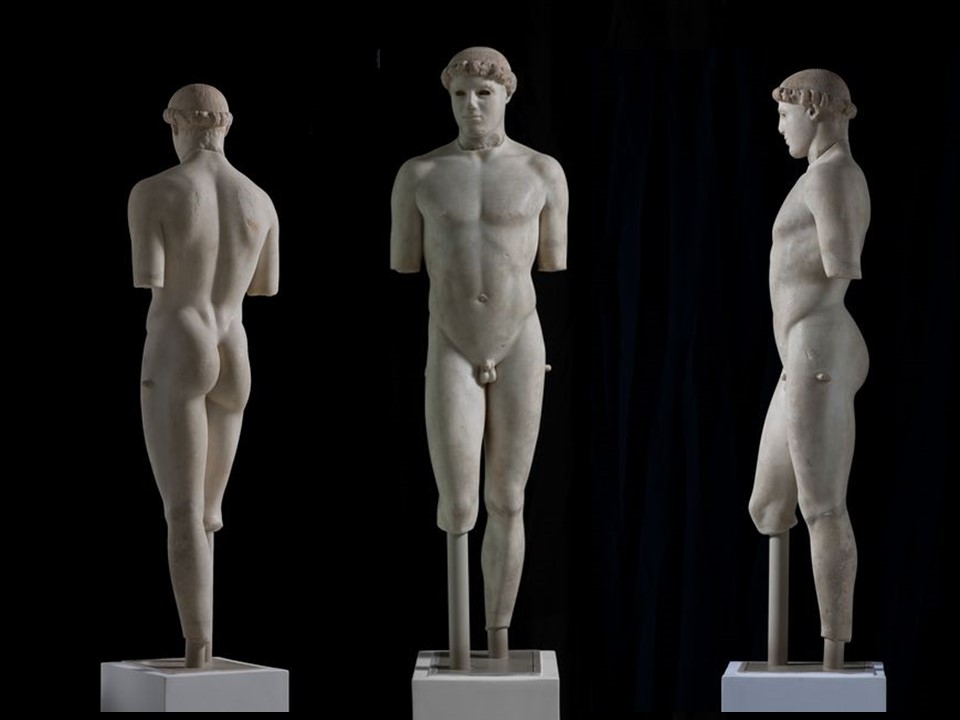
Teaching with the Kritios Boy is a set of student activities and worksheets inspired by an awe-inspiring work of art created by a remarkable artist, a daring creator, and an amazing innovator! According to the Acropolis Museum experts, The statue’s torso was found in 1865-1866 southeast of the Parthenon, while the head in 1888 near the south walls of the Acropolis. It is one of the most important works of ancient Greek art and the most characteristic of the so-called “Severe Style”. Archaeologists have dubbed it the “Kritios Boy”, after the name of the sculptor believed to have created it. The “Kritios Boy” is depicted standing in the nude. He supports his weight on his left leg, while the right one remains loose, bent at the knee, in the characteristic posture of the “Severe Style”. His expression is solemn and his eyes, which were originally crafted from another material, have not survived. His hair follows the shape of his scalp and is tightly gathered around a ring with a few scattered strands falling on his temples and the nape of his neck. Traces of red dye are preserved on his hair. The attribution of this statue to the sculptor Kritios is based on the similarities it presents with the statue of Harmodios from the bronze group of the Tyrannicides, a work of Kritios in collaboration with Nesiotes. This group, known to us today through marble copies of the Roman period, was erected in the Ancient Agora of Athens. Who does this statue portrays, however, is not known. Some scholars believe he represents a young athlete, the winner of an event in the celebration of the Greater Panathenaia. Others claim he depicts a hero, most likely Theseus. Moreover, they link the dedication of the statue on the Acropolis with the activities of 476/5 BC, when Kimon transferred Theseus bones from the island of Skyros to Athens. https://www.theacropolismuseum.gr/en/youth-statue-kritios-boy
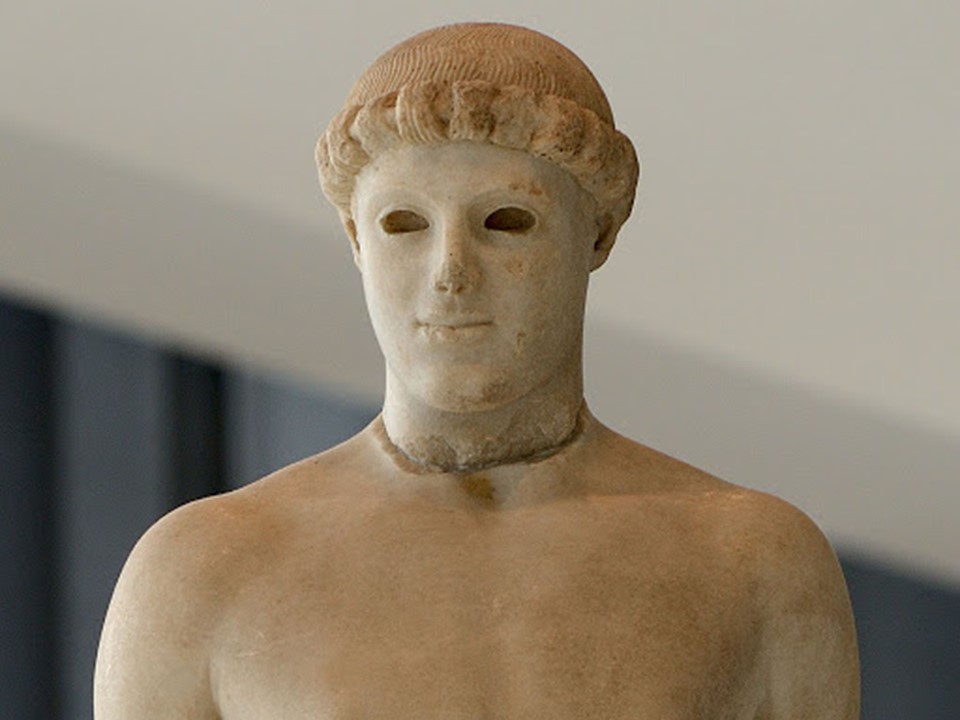
Teaching with the Kritios Boy References, PowerPoint, and Activities…
For a List of ONLINE References on the Kritios Boy TeacherCurator put together, please… Click HERE!
For my PowerPoint on the Kritios Boy, please… Click HERE!
I always feel confident discussing an artist with my students when I prepare my Steps to Success Lesson Plan Outline…
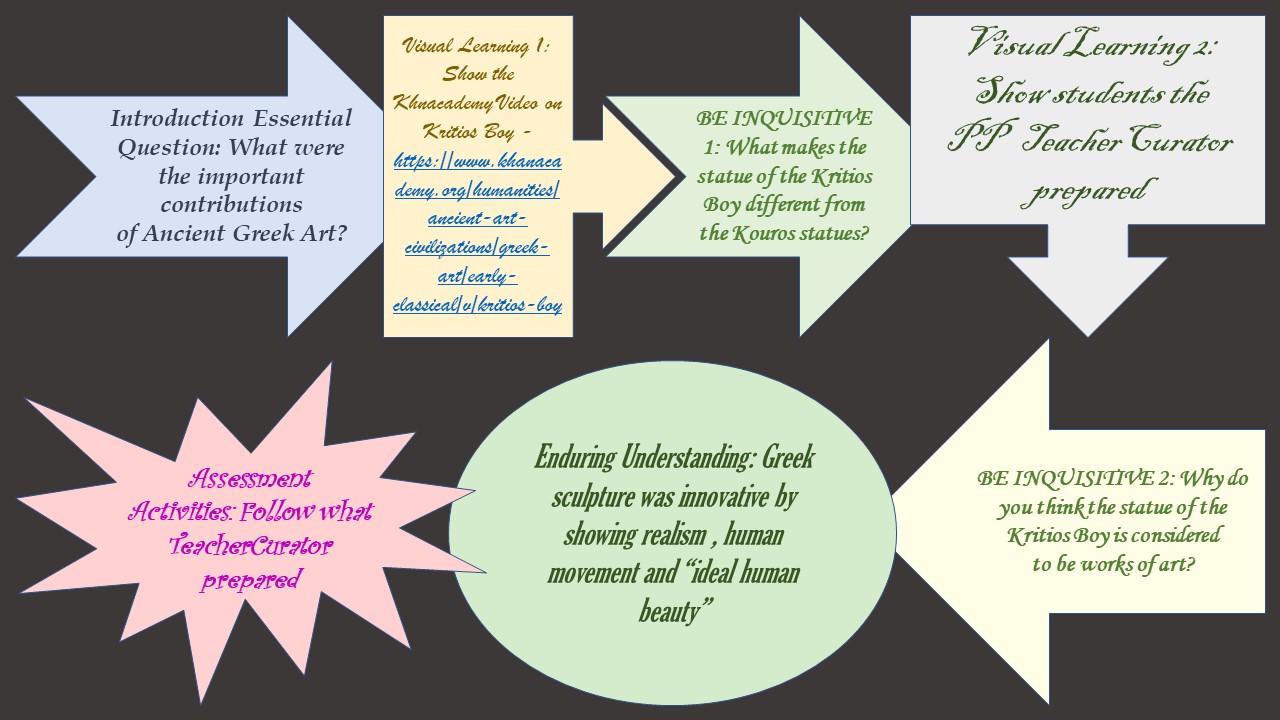
For Student Activities (3 Activities), please… Click HERE!
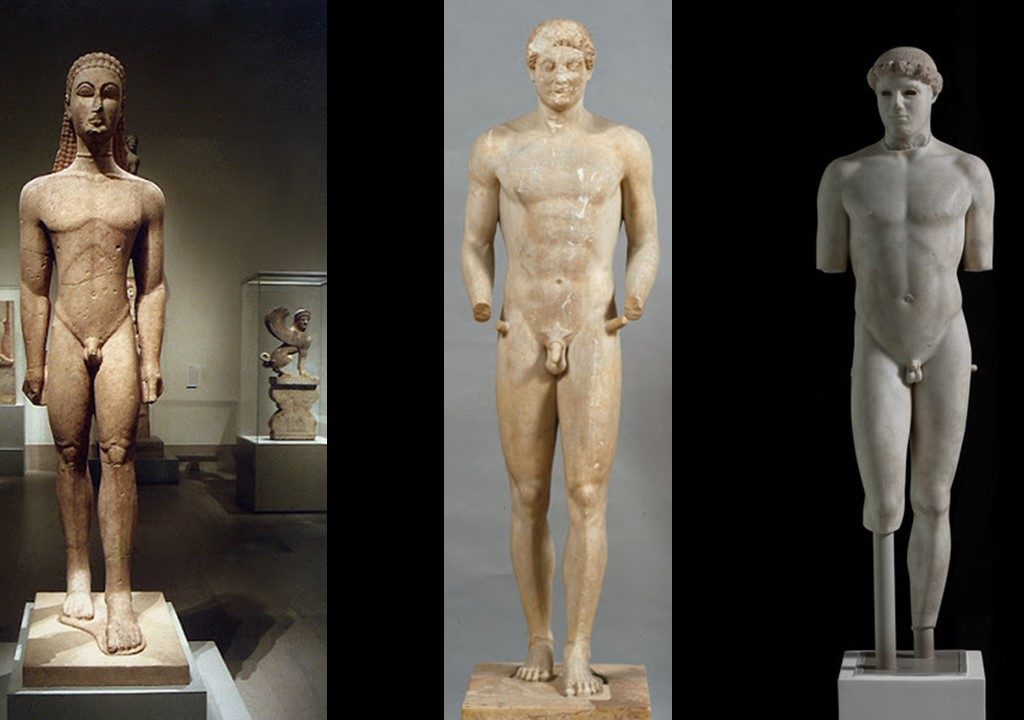
Aristodikos Kouros, 510-500 BC, Marble from the island of Paros, Height: 1.9 m, National Archaeological Museum, Athens, Greece http://nam.culture.gr/portal/page/portal/deam/virtual_exhibitions/EAMS/EAMG3938
Kritios Boy, 480 BC, Marble from the island of Paros, Height: 116.7 m, Acropolis Museum, Athens, Greece https://www.theacropolismuseum.gr/en/youth-statue-kritios-boy
I hope, Teaching with the Kritios Boy, will prove easy and helpful. Do you think it justifies my BLOG name Teacher Curator?
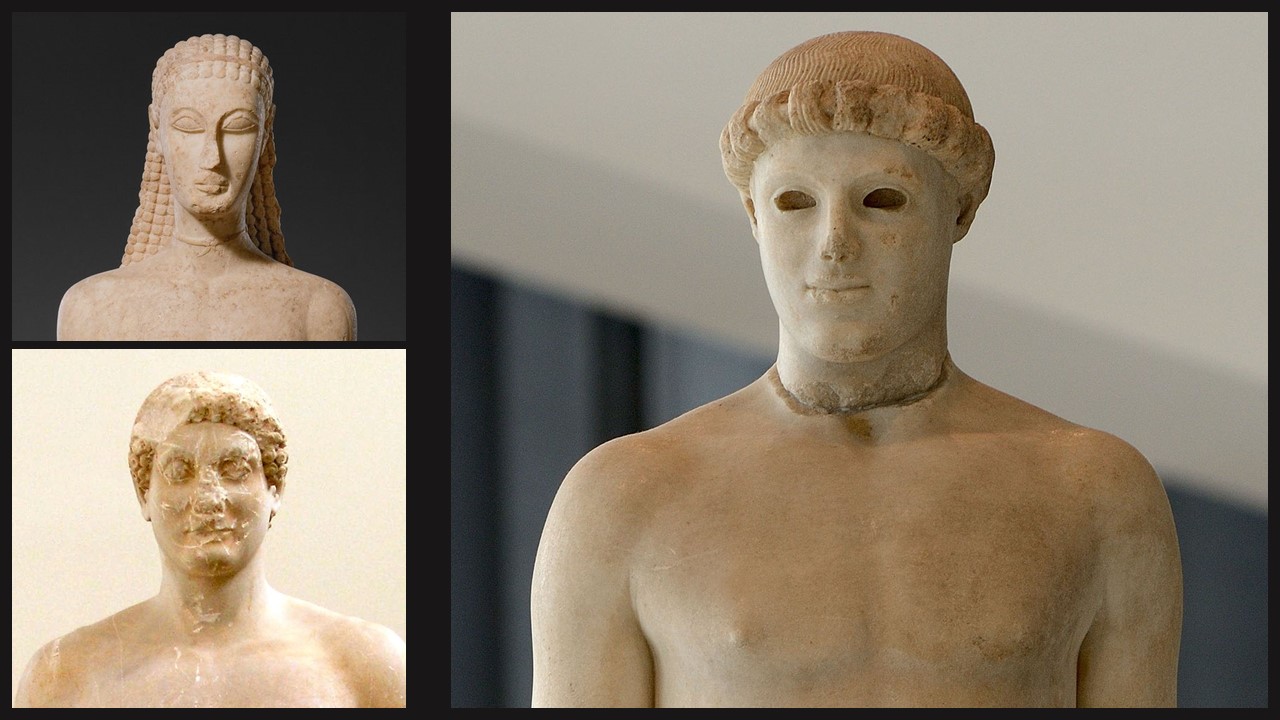
https://gr.pinterest.com/pin/682436149758725905/
Aristodikos Kouros (face), 510-500 BC, Marble from the island of Paros, Height: 1.9 m, National Archaeological Museum, Athens, Greece https://arthistorykmg.omeka.net/items/show/106
Kritios Boy (face), 480 BC, Marble from the island of Paros, Height: 116.7 m, Acropolis Museum, Athens, Greece http://ancientrome.ru/art/artworken/img.htm?id=5960
